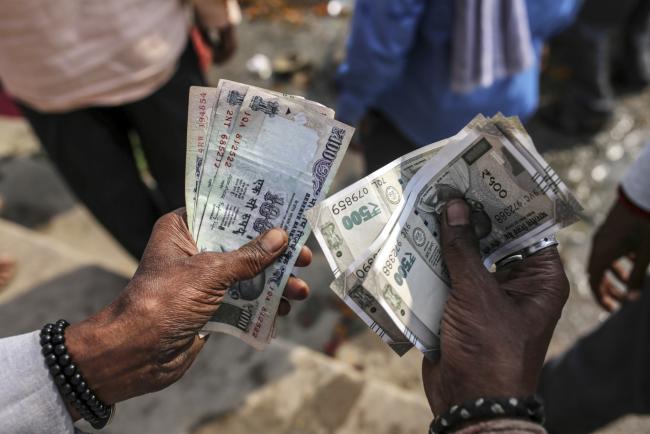(Bloomberg) -- Of all the global challenges that may confront the next chairman of the Federal Reserve, here’s one major asset class where he can rest easy: emerging-market currencies.
History shows that developing-nation rates have been less volatile when the Fed is raising rates, according to data compiled by Bloomberg. During nine U.S. central bank policy cycles since 2000, turbulence was at its lowest during three periods of rising rates and at its highest when they were being slashed, according to the JP Morgan Emerging Market Volatility Index.
That’s good news for Fed Governor Jerome Powell, whom President Donald Trump said today he would nominate to lead the Fed. In an Oct. 12 speech, Powell said that the biggest concern now is that any policy decisions it makes could cause volatility in emerging markets.
“Market tantrums pose complex economic and financial challenges, and such episodes carry a significant risk of snowballing into something bigger that more substantially threatens the economic expansion,” he said, citing the so-called taper tantrum of 2013.
During periods identified as hiking cycles, average volatility was 9.5 percent. That’s a full two points lower than the average during dovish periods and a point lower than when the federal funds rate is idling.
This makes sense. Higher interest rates in the developed world will bring back capital that fled to emerging markets in search of yield, but rate hikes don’t happen in isolation. They happen, in Powell’s words, in the “context of a solid U.S. economic recovery, which should benefit all economies around the world.”
It’s no coincidence, then, that the highest volatility periods in developing-nation currencies occurred around major market routs in the U.S.
So far, theJPMorgan Volatility Index is down 28.5 percent this year. Powell did note that low levels of volatility could exacerbate the probability and harshness of any adjustment. But if history is our guide, volatility in emerging-market currencies is likely to remain subdued.
The MSCI Emerging Markets Currency Index rose 0.2 percent at 3:21 p.m. in New York, extending a four-day rally.
(Adds announcement in third paragraph; updates price in final paragraph.)
